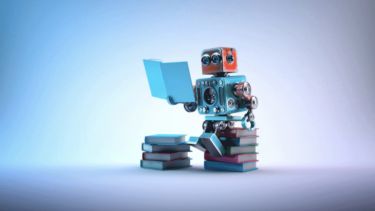iHuman was out in force in Nottingham this week at the STS 4 Cities (STS4C) mobile seminar, which brings together scholars from science and technology studies from Leeds, Nottingham, Sheffield and York. Warren Pearce presented new work entitled “Making climate (in)visible: Google Images and the narrowing of outformations”, showing that the search engine depicts climate change using two main types of images: scientific charts and de-humanised landscapes. Such representations are part of what Yaron Ezrahi called ‘outformations’: images distributed through electronic media that are detached from scientific understanding but have a significant influence on politics. Warren argued that Google Images is an important source of these outformations, but that the search engine’s logic of ‘visual consistency’ is shrinking our imagination of climate change, through de-humanised and depoliticised imagery.
Climate change and Google Images; Design: Carlo de Gaetano; Source https://wiki.digitalmethods.net/Dmi/ClimateImageSpaces
Anna Krzywoszynska also presented new research, entitled “Coming to our senses: Reconstructing place through soil sensing”. She argued that places as more-than-human assemblages are the locus of the response to the multiple crises of the Anthropocene represented by Stenger’s figure of Gaia. Anna further argued that the ‘art of paying attention’ is what brings heterogenous, adaptive, and sustainable communities of humans and more-than-humans into being. Situating this argument in her ongoing work on the changing ontologies and epistemologies of soil, she illustrated how the loss of attention to soils has been central to the creation of ‘modern’ place archetypes: non-places, every-places, and places called nowhere. In these places of modernity the capacity of both humans and non-humans to ‘speak up’ is reduced, and often limited to certified discourses and specialised epistemic communities. Anna argued that sensing as both a human and machine-distributed activity has the potential to disrupt these modernising projects, and to empower both more-than-humans, such as soils, and their people to build sustainable ways of co-inhabiting places.
Both Warren’s and Anna’s research sits within iHuman’s Digital Humans theme. Look out for information and updates very soon.


